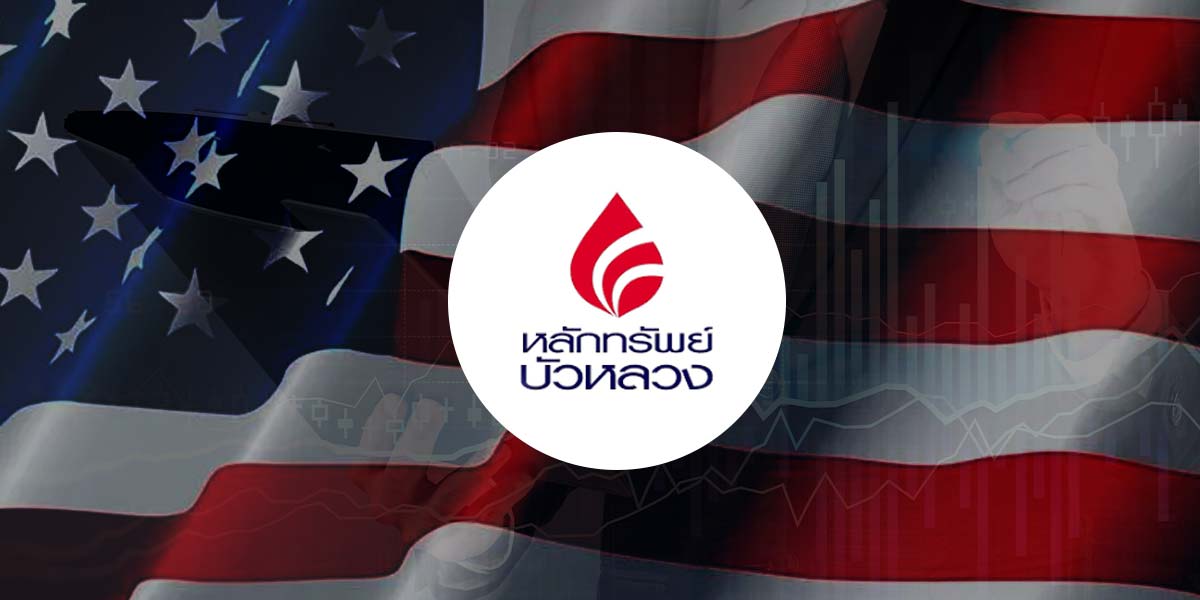With negotiations between Thailand and the United States showing little sign of progress ahead of the critical July 9th deadline, concerns are mounting over the potential impact of higher U.S. tariffs on Thai exports. Bualuang Securities, in its latest analysis, has outlined downside risks for both the broader Thai economy and capital markets if talks do not yield a deal before the U.S. President Trump’s new tariffs take effect.
Thailand’s Deputy Prime Minister and Finance Minister, Pichai Chunhavajira, recently returned from Washington after holding discussions with senior U.S. officials. Despite both sides reiterating their commitment to cooperation, a definitive agreement remains elusive, and President Trump is set to notify countries like Thailand of impending reciprocal tariffs. Unless a trade resolution is reached, Thai goods face tariffs as high as 36% in the U.S. market—a steep increase from base scenarios previously considered.
According to Bualuang Securities, in the worst-case scenario where a 36% tariff is imposed, Thailand’s GDP growth could slow sharply to 0.9% from a base case of 1.4%. Meanwhile, earnings per share (EPS) for SET-listed companies could be pressured down to 73 baht, with the SET Index potentially testing its previous lows in the 980–1030 range—implying a pricing multiple of around 13.4–14.2 times, which is about one to one-and-a-quarter standard deviations below the norm.
Key Assumptions: Tariffs and Export Growth
The analysis assumes varying levels of U.S. import tariffs in the second half of 2025:
| Worst Case | Base Case | Best Case | |
|---|---|---|---|
| US Tariff on Thailand | 36.0% | 20.0% | 10.0% |
| US Tariff on China | 72.0% | 30.0% | 20.0% |
| Export Growth (USD) | -1.3% | -0.2% | +0.5% |
| GDP Growth (Thailand) | 0.9% | 1.4% | 1.8% |
Market Scenarios for 2025
1. Bear Case: High Tariff Pressure, Weak Exports
In the worst-case scenario, aggressive U.S. tariffs (36% for Thailand, 72% for China) would weigh heavily on Thai exports and GDP, which is expected to grow just 0.9%. Under this assumption:
-
SET EPS: 73.0 baht/share
-
EPS Growth: -5.1%
-
P/E Ratio (PER): 14.2x (around -1.0 SD from historical average)
-
SET Index Target: 1,030 points
The report notes that in an extreme downside, the SET could fall even lower to the 980–1,030 range, assuming a P/E of 13.4x, which is 1.25 standard deviations below the mean—often seen during market stress.
2. Base Case: Moderate Tariff Impact
If U.S. tariffs are more moderate (20% for Thailand, 30% for China), and export declines are limited to -0.2%, Thailand’s GDP is expected to grow 1.4%. This more stable environment would yield:
-
SET EPS: 82.0 baht/share
-
EPS Growth: +6.6%
-
P/E Ratio: 15.7x
-
SET Index Target: 1,280 points
This scenario assumes average valuation multiples, signaling a neutral stance from investors.
3. Bull Case: Eased Tariffs, Export Recovery
In the most optimistic outlook, U.S. tariffs ease (10% for Thailand, 20% for China), helping Thai exports grow by 0.5% and GDP to reach 1.8%. Under this favorable environment:
-
SET EPS: 87.0 baht/share
-
EPS Growth: +13.1%
-
P/E Ratio: 15.7x (slightly below 5-year average)
-
SET Index Target: 1,360 points
The sectors expected to bear the brunt of this development are exporters—especially in electronics and agriculture—and investment-related industries such as industrial estate operators. Bualuang notes electronics could see volatility as investors compare tariff policies towards regional competitors like China, Taiwan, and Malaysia. Stocks were gaining in recent days, and the disappointment in trade talk could result in a selloff.
Meanwhile, short-term decision-making in the industrial estate sector could shift as Vietnam’s trade terms become clearer. The agriculture sector also faces risk, with mounting pressure to allow more pork imports from the U.S.
From a strategic and technical standpoint, Bualuang forecasts that the market correction could gravitate towards the 1,050/1,060 level this week as investors digest the news and adjust their portfolios accordingly. The research team cautions that this outlook reflects a deep downside scenario while reminding investors to monitor developments closely and stand ready to recalibrate exposure as new information emerges or as formal notifications from the U.S. administration are issued.
The report highlights that Thailand’s capital market remains highly sensitive to external trade dynamics, particularly U.S. protectionist policies. A worst-case scenario could push the SET Index below 1,030 points, while easing trade tensions could support a rebound toward 1,360 points.
Negotiations between Thailand and the U.S. are ongoing, and authorities continue to work towards a mutually beneficial outcome. Until then, Bualuang Securities advises keeping a close watch for further updates—and any official word from Washington that could shift the outlook for Thai assets.





